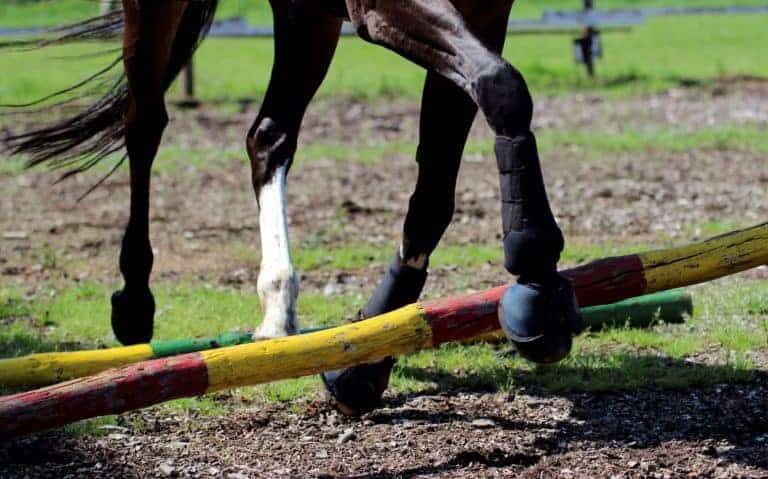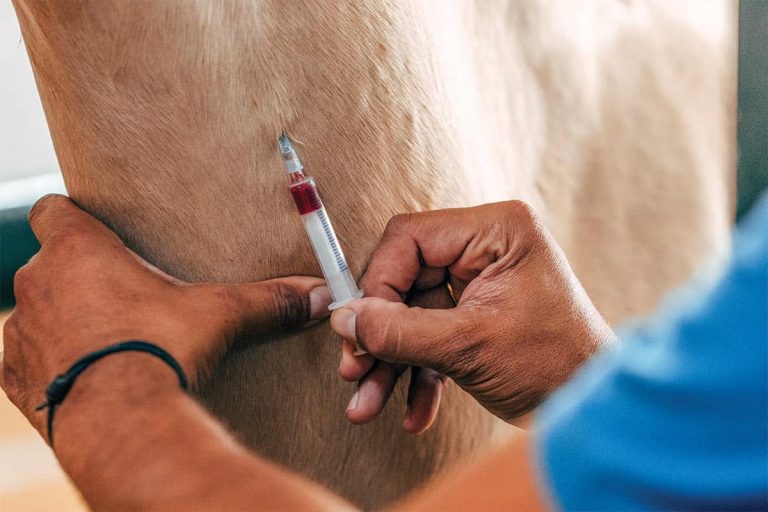
Endurance Riding: Start Slow to Finish Strong
Riding at fast speeds at the start of endurance rides often leads to elimination during veterinary checks, researchers have learned. And while that might seem like common sense, many riders continue to ride too fast in rides’ early stages, one scientists said.






























